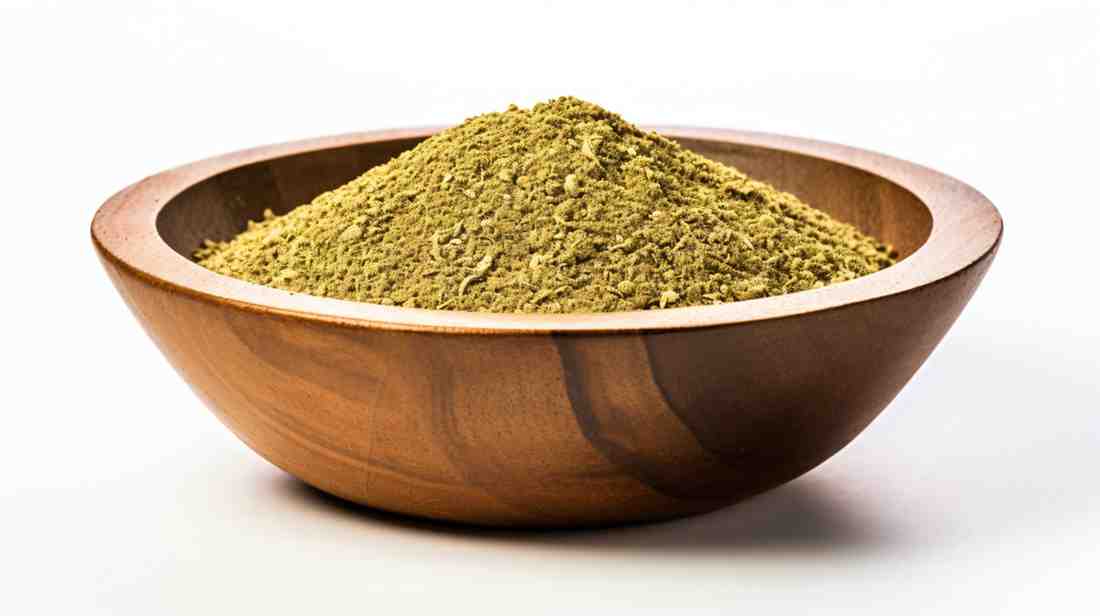Za’atar, or zaatar, is a beloved spice blend in Levantine cuisine, bringing together flavors, traditions, and historical significance. Unlike single-ingredient seasonings, za’atar is a blend rich in cultural and culinary meaning. Across Lebanon, Syria, Jordan, and Palestine, it embodies a deep connection to heritage, enjoyed daily as a topping, dip, and seasoning.
- Cultural Symbolism: Zaatar stands as a symbol of resilience, vitality, and togetherness.
- Health Benefits: Traditionally, people valued zaatar for its immune and digestive benefits.
- Daily Use: Levantine households often use it as a seasoning on breads, salads, and dips.
Za’atar Across Regions: Levantine vs. Maghreb Variations
While zaatar is integral to Levantine culture, it takes on a different identity in the Maghreb region, especially in Morocco. Understanding these regional differences offers insight into each culture’s unique approach to flavor.
Levantine Countries: Za’atar as a Spice Blend
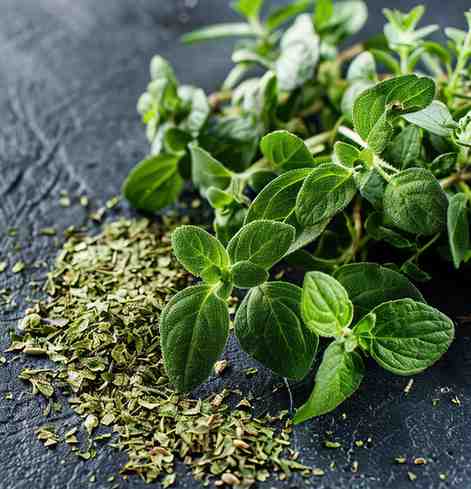
In Levantine countries, zaatar most commonly refers to a spice blend rather than a single herb. This blend includes:
- Dried Herbs: Typically a mix of wild thyme, oregano, or both.
- Sumac: Ground sumac berries add a citrusy tang.
- Sesame Seeds: Toasted for a nutty, smooth texture.
- Salt: A touch of salt to balance flavors.
The result is an earthy, slightly tangy, and nutty mix that can be used as a topping for breads or a rub for meats. While it may also refer to a single herb (usually oregano or thyme) in some cases, zaatar in Levantine countries almost always indicates the spice blend.
Maghreb Countries: Clearer Distinction Between Herbs
In Morocco, terminology for oregano and thyme differs more clearly:
- Zaâitra or Sâitra: Refers specifically to thyme.
- Zaâtar: Generally means oregano but can also refer to thyme in some contexts.
Unlike the Levant, where zaatar is synonymous with the spice blend, in the Maghreb, people tend to distinguish between individual herbs, primarily using zaatar as a term for oregano. This cultural nuance in terminology helps differentiate the two cuisines and their approach to spices.
The Cultural and Medicinal Significance of Za’atar in Levantine Countries
In Levantine culture, za’atar carries a legacy of both culinary and medicinal importance. Its use in folk medicine and as a household staple contributes to its revered status.
Symbolism and Tradition
- Vitality and Resilience: Ancient Levantine communities believed zaatar brought energy and resilience.
- Cultural Role: Folklore and traditional songs mention zaatar as a symbol of health.
- Medicinal Use: People use zaatar in herbal remedies, believing it supports digestion, immunity, and respiratory health.
This deep-rooted connection to health and wellbeing makes zaatar a unique and valued component of Levantine life.
Traditional Ingredients in Levantine Za’atar Blends
Each ingredient in Levantine zaatar enhances its flavor and nutritional profile. The typical blend of herbs and seeds provides a balance of tangy, earthy, and nutty notes.
Za’atar: Key Ingredients in Levantine
- Syrian Oregano (Origanum syriacum)
- Known for its robust, slightly peppery flavor.
- Adds an earthy and aromatic base to the blend.
- Sumac
- Brings a tangy, citrus-like taste.
- Adds vibrant red color and balances the stronger flavors of herbs.
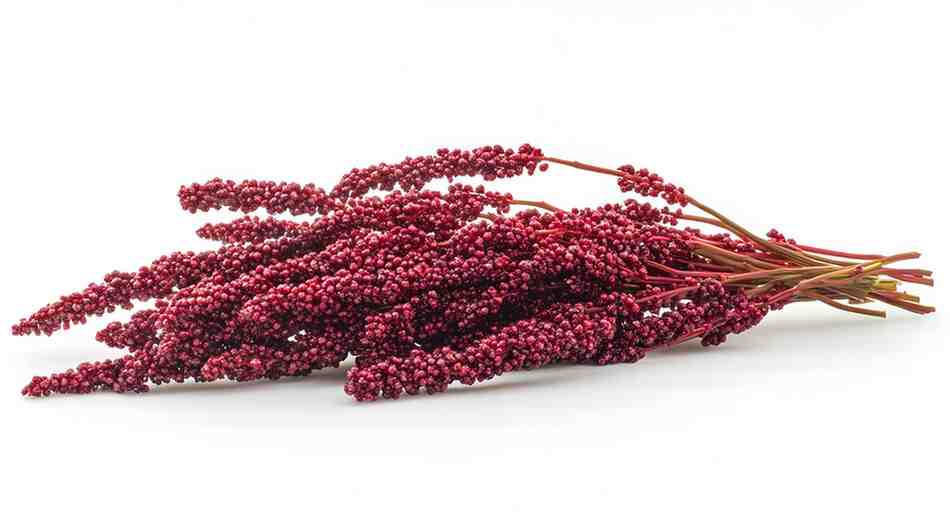
- Thyme
- Offers a subtle minty, earthy depth to the blend.
- Complements the oregano, enhancing the overall aroma.
- Sesame Seeds
- Toasted for a rich, nutty flavor.
- Adds texture and nutritional value, providing healthy fats and protein.
This combination of ingredients creates a flavor profile that is both bold and balanced, a characteristic that defines Levantine zaatar.
Popular Levantine Recipes Featuring Za’atar
Zaatar’s versatility shines in various dishes across Levantine cuisine, from breakfast staples to main courses. Each recipe highlights a unique side of this beloved blend.
Manakeesh
- Description: A traditional flatbread topped with zaatar and olive oil.
- Preparation: Za’atar is mixed with olive oil into a paste, spread over the flatbread, and baked until aromatic.
- Serving: Served with labneh, fresh vegetables, or olives for a complete meal.
Zaatar Bread Dip
- Description: A simple yet flavorful dip made by combining zaatar with olive oil.
- Preparation: Za’atar and olive oil are blended into a thick mixture.
- Serving: Typically enjoyed with warm pita bread as a breakfast staple.
Herb-Roasted Vegetables
- Description: Vegetables roasted with zaatar seasoning for added depth.
- Preparation: Vegetables are coated with olive oil and zaatar, then roasted until golden.
- Serving: Often served as a side or added to salads for an extra layer of flavor.
Zaatar Grilled Meat
- Description: Meat or poultry rubbed with zaatar, grilled for a savory flavor.
- Preparation: Meat is marinated with zaatar and olive oil, then grilled to perfection.
- Serving: Commonly paired with pita bread, fresh vegetables, and a yogurt-based sauce.
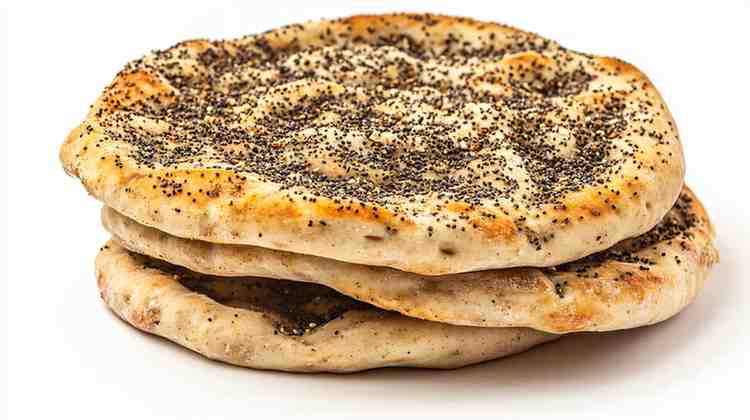
Health Benefits and Chemical Composition of Zaatar Ingredients
Zaatar, also spelled “za’atar,” is not only a flavorful blend but also a powerhouse of beneficial compounds. Each herb in the mix contributes unique health properties, making zaatar a staple for both culinary and medicinal use in the Levantine world. The traditional blend’s active compounds are recognized for promoting immunity, supporting digestion, and enhancing respiratory health.
Key Compounds in Levantine Zaatar Herbs
Each herb in Levantine zaatar has individual properties that enhance its health value. Here’s a look at the active compounds in zaatar and how they support well-being:
- Carvacrol (Oregano and Thyme): Found in both oregano and thyme, carvacrol is a natural antimicrobial. It helps to fight off bacteria, fungi, and even some viruses, making it essential for immune support.
- Thymol (Thyme): Known for its antiseptic properties, thymol in thyme supports respiratory health, often easing symptoms of colds and coughs.
- Rosmarinic Acid (Sumac): This compound in sumac is a powerful antioxidant, protecting cells from oxidative stress. By neutralizing free radicals, rosmarinic acid can help reduce inflammation and may lower the risk of chronic conditions.
- Sesame Seeds: High in healthy fats, protein, and minerals like calcium and magnesium, sesame seeds support heart health and bone strength.
Together, these compounds make Levantine zaatar a health-supportive blend. Traditionally, people in the Levant valued zaatar for its soothing properties, whether to ease digestion, boost immunity, or relieve respiratory symptoms. Many continue to rely on zaatar for its dual purpose as a culinary delight and a natural remedy.
Comparing Aromatic Profiles of Levantine Zaatar and Moroccan Zaatar
While Levantine zaatar is a blend of ingredients carefully balanced for an earthy and tangy taste, Moroccan zaatar (often referring to oregano) carries a bolder, more intense aroma. Recognizing these differences helps you appreciate the culinary and cultural significance of each.
Flavor Profile of Levantine Zaatar Blend
Levantine zaatar combines herbs, sesame seeds, and sumac to create a well-rounded and versatile flavor. Here’s what each element brings to the blend:
- Earthy and Herbal: Oregano and thyme, the main herbs, create a deep, grounding flavor that anchors the blend.
- Tangy and Citrusy: Sumac adds a refreshing, slightly acidic taste, balancing the earthy herbs with a citrusy note.
- Nutty Texture: Toasted sesame seeds introduce a nutty finish and subtle crunch, making the blend perfect as a topping.
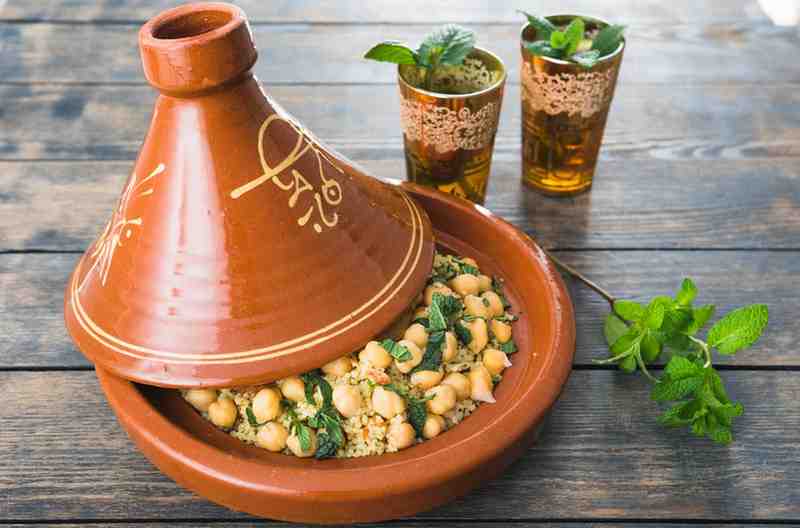
Unique Flavor of Moroccan Zaatar (Oregano)
In Moroccan cuisine, “zaatar” generally refers to oregano, known for its robust, pungent taste. Oregano, or Origanum compactum in Morocco, has a bold flavor that enhances rich dishes:
- Strong and Aromatic: Moroccan oregano has an intense aroma that pairs well with robust dishes, giving warmth and depth to stews and tagines.
- Bitter and Pungent: Its slightly bitter profile adds complexity to slow-cooked dishes and is popular in teas for its digestive benefits.
The aromatic contrast between Levantine zaatar and Moroccan zaatar highlights how each culture uses this spice differently. Where Levantine zaatar is a balanced blend suited to flatbreads and salads, Moroccan zaatar (oregano) brings concentrated flavor to heavier, spiced dishes.
Culinary Applications of Zaatar in Levantine and Moroccan Cuisines
Both Levantine and Moroccan cuisines celebrate zaatar, but each region uses it differently. This diversity in application reflects how versatile zaatar, or za’atar, can be.
Levantine Zaatar Dishes
In Levantine cuisine, zaatar is a seasoning that elevates both simple and elaborate dishes. Here are some of the most common ways it’s used:
- Manakeesh (Zaatar Flatbread): A popular breakfast dish, manakeesh consists of flatbread topped with a mix of zaatar and olive oil before being baked. This simple yet flavorful dish is a staple in Levantine households.
- Zaatar Salad Topping: Zaatar can be sprinkled over fresh salads to add texture and an herby taste, particularly in dishes that feature tomatoes, cucumbers, and olives.
- Grilled Meats and Vegetables: Used as a rub, zaatar adds a savory layer to lamb, chicken, and beef, infusing them with earthy and tangy notes. When paired with olive oil, it also works well for seasoning vegetables before roasting or grilling.
Tip: For an authentic Levantine experience, combine zaatar with olive oil to create a paste, then spread it on bread or add it as a finishing touch to grilled vegetables.
Moroccan Uses of Zaatar (Oregano)
In Morocco, oregano—commonly referred to as zaatar—adds a rich, peppery flavor to dishes. Here are some of the most popular ways it’s used:
- Flavoring for Tagines: Moroccan zaatar, or oregano, deepens the taste of tagines, enhancing the flavors of meats, vegetables, and legumes. This pairing creates a warm, rich flavor profile typical of Moroccan cuisine.
- Herbal Tea: Moroccans often steep oregano to make an herbal tea known for its slightly bitter taste. It is believed to aid in digestion and soothe respiratory discomfort.
- Condiment for Stews and Meats: The bold, aromatic qualities of Moroccan oregano complement slow-cooked dishes. Adding it toward the end of cooking allows its intense flavor to infuse stews and meat-based dishes.
Note: Unlike Levantine zaatar, which is often mixed with sesame seeds and sumac, Moroccan zaatar (oregano) is used solo to let its powerful aroma take center stage.
Tips for Understanding Zaatar Across Regions
To fully appreciate the diversity of zaatar in Levantine and Moroccan cuisines, it helps to understand how the term “zaatar” varies by region and how each culture incorporates it in daily life.
Understanding the Dual Meanings of Zaatar
- In Levantine countries, “zaatar” refers primarily to a spice blend made with herbs, sesame seeds, and sumac. In some contexts, it may also refer to specific herbs like oregano or thyme.
- In Morocco, however, “zaatar” is used more specifically to mean oregano, with the term “zaâitra” or “sâitra” used to distinguish thyme.
When to Use Levantine Zaatar vs. Moroccan Zaatar
- Levantine Zaatar: Use it in flatbreads, salads, dips, and as a seasoning for grilled meats or vegetables.
- Moroccan Zaatar (Oregano): This single herb pairs well with heavier dishes like tagines and stews or in herbal teas.
Tip: If you’re cooking Levantine-style dishes, use the spice blend with sesame and sumac. For Moroccan-inspired meals, go with oregano to match the region’s flavor profile.
Looking for a hearty meal idea? Try our Mediterranean Chicken Kebabs with Garlic Yogurt Sauce for a flavorful main dish!

